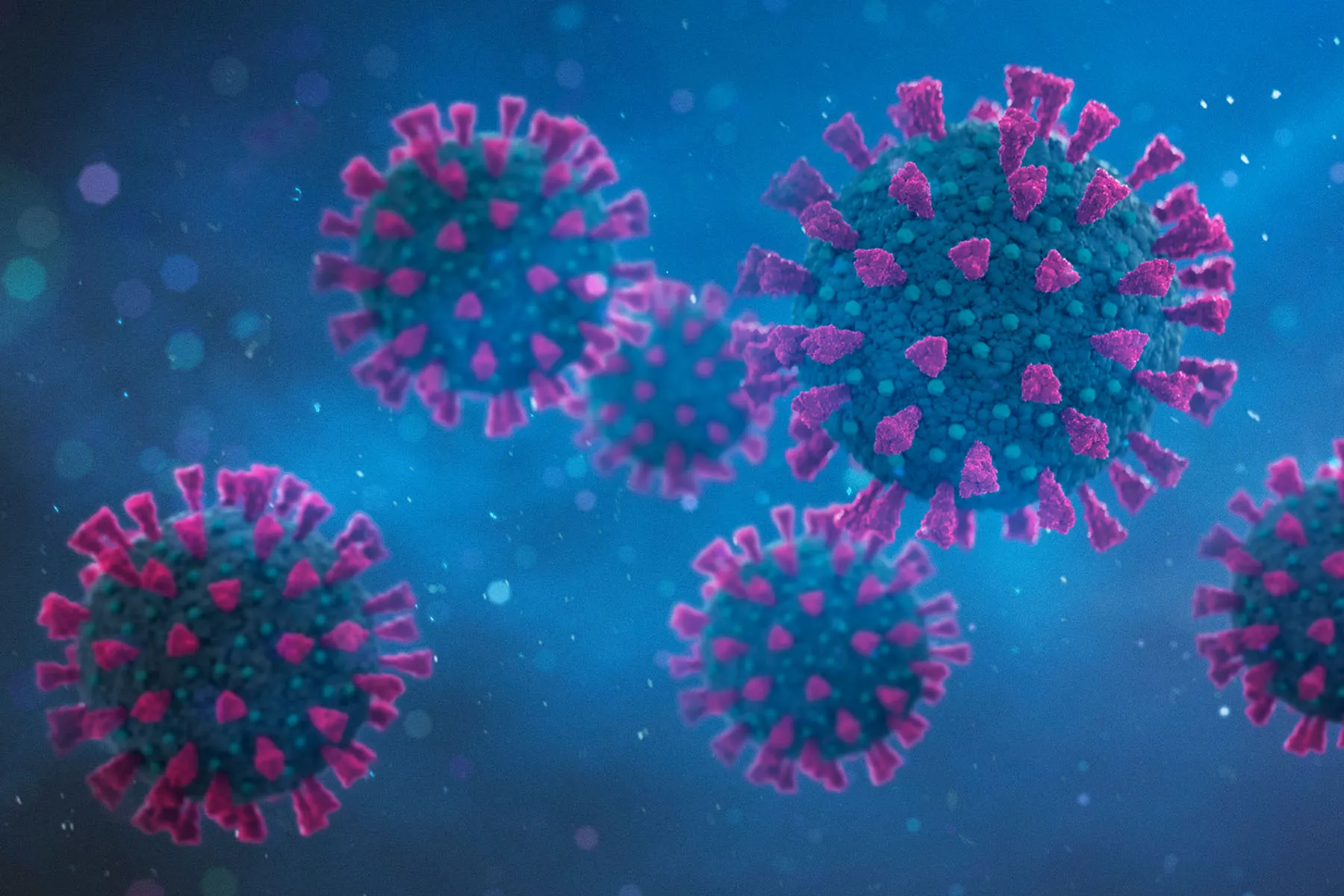— Prevalence in pregnant women jumped 16-fold from 1998 through 2018
by
Valerie DeBenedette
July 21, 2023
The prevalence of hepatitis C virus (HCV) infections in pregnant women increased 16-fold over a 21-year period, with associated higher risks of adverse perinatal outcomes, according to a cross-sectional study.
Among more than 70 million hospital admissions for childbirth or spontaneous abortion in the U.S. from 1998 through 2018, the prevalence of HCV-positive pregnancies increased from 0.34 (95% CI 0.26-0.41) cases per 1,000 pregnancies to 5.3 (95% CI 4.9-5.7) cases per 1,000 pregnancies, reported Po-Hung (Victor) Chen, MD, PhD, of Johns Hopkins University School of Medicine in Baltimore, and colleagues in JAMA Network Open.
Maternal HCV infection was associated with higher odds of several adverse perinatal outcomes, including:
- Cesarean delivery: adjusted OR 1.19 (95% CI 1.15-1.22)
- Preterm labor: aOR 1.10 (95% CI 1.05-1.14)
- Poor fetal growth: aOR 1.29 (95% CI 1.21-1.37)
- Fetal distress: aOR 1.11 (95% CI 1.08-1.15)
On the other hand, maternal HCV infection was associated with lower odds of spontaneous abortion (aOR 0.88, 95% CI 0.82-0.95). There were no statistically significant differences in stillbirths or premature membrane rupture.
“Overall, our data support the recommendations for universal HCV screening with each pregnancy proposed by the Centers for Disease Control and Prevention and American College of Obstetricians and Gynecologists,” Chen and team wrote. “Perinatal care and delivery may be the initial healthcare exposure for many women. These touchpoints represent an opportunity for health care professionals to identify HCV infection and link women and their children to appropriate specialist care.”
Over the study period, the proportion of HCV-positive pregnancies increased in all age groups: 22-fold among women ages 18 to 20, 31-fold among those ages 21 to 30, eight-fold among those ages 31 to 40, and three-fold among those ages 41 to 50, with an “accelerated increase” in HCV-positive pregnancies among women ages 21 to 30 after the start of the second wave of the opioid epidemic in 2010, the authors pointed out.
Injected drug use is the leading risk factor for HCV infection in adults. Because of the opioid epidemic, the number of cases of acute HCV infection tripled from 2010 to 2015.
“The rise was surprising particularly during the 2010s (waves 2 and 3 of the opioid epidemic), when HCV infections among pregnant women continued to increase despite the introduction of powerful direct-acting antiviral treatments in 2013,” Chen told MedPage Today. “On the other hand, perhaps we should not be too surprised by the rise in HCV given the parallel increase in opioid use diagnoses among pregnant women.”
Chen noted that all pregnant women are screened for HCV at Johns Hopkins. “But we are still unsure whether the new recommendation has entered community practices,” he added.
Compared with women who were not positive for HCV, those who were positive were significantly more likely to be users of:
- Tobacco: 4% vs 41.7%
- Alcohol: 0.1% vs 1.8%
- Opioids: 0.3% vs 28.9%
- Cocaine: 0.3% vs 6.9%
Other factors associated with a greater incidence of HCV infection included being white (77.4% vs 53.9% for other races) and having a lower socioeconomic status, with 40% vs 26.9% residing in zip codes with the lowest quartile median household incomes and 74.5% versus 39.3% receiving Medicaid.
For this study, Chen and colleagues used data from 1998 to 2018 from the National Inpatient Sample (NIS), a database of all-payer inpatient care, including over 70 million women with hospital admissions resulting in childbirth or spontaneous abortion.
Of these women, 137,259 had HCV infection. Median age among the HCV-positive women was 28, and 27.2 among the HCV-negative women.
Although a diagnosis of HCV infection was available through the use of diagnosis codes in the database, there was not always an explicit notation that the woman was HCV negative, which means the true prevalence of HCV-positive pregnancies in the U.S. may be higher than reported, Chen and team noted. In addition, the NIS does not collect data on viral titers of HCV, which means that there was no distinction between active infection or a positive test result without virus in the blood.
“The codes seem to be around 30% to 50% sensitive, meaning they can miss 50% to 70% of cases based on HCV antibody screening,” Chen said.
Disclosures
The study was funded by the National Institute on Alcohol Abuse and Alcoholism, the National Institute of Allergy and Infectious Diseases, and Gilead Sciences Research Scholars Program in Liver Disease-The Americas.
Chen reported receiving grants from the Helmsley Charitable Trust and the National Institute of Diabetes and Digestive and Kidney Diseases. A co-author reported receiving grants from Gilead, Merck, and AbbVie.
Primary Source
JAMA Network Open
Source Reference: Chen P-H, et al “Trends in the prevalence of hepatitis C infection during pregnancy and maternal-infant outcomes in the US, 1998 to 2018” JAMA Netw Open 2023; DOI: 10.1001/jamanetworkopen.2023.24770.
Note: This article have been indexed to our site. We do not claim legitimacy, ownership or copyright of any of the content above. To see the article at original source Click Here












